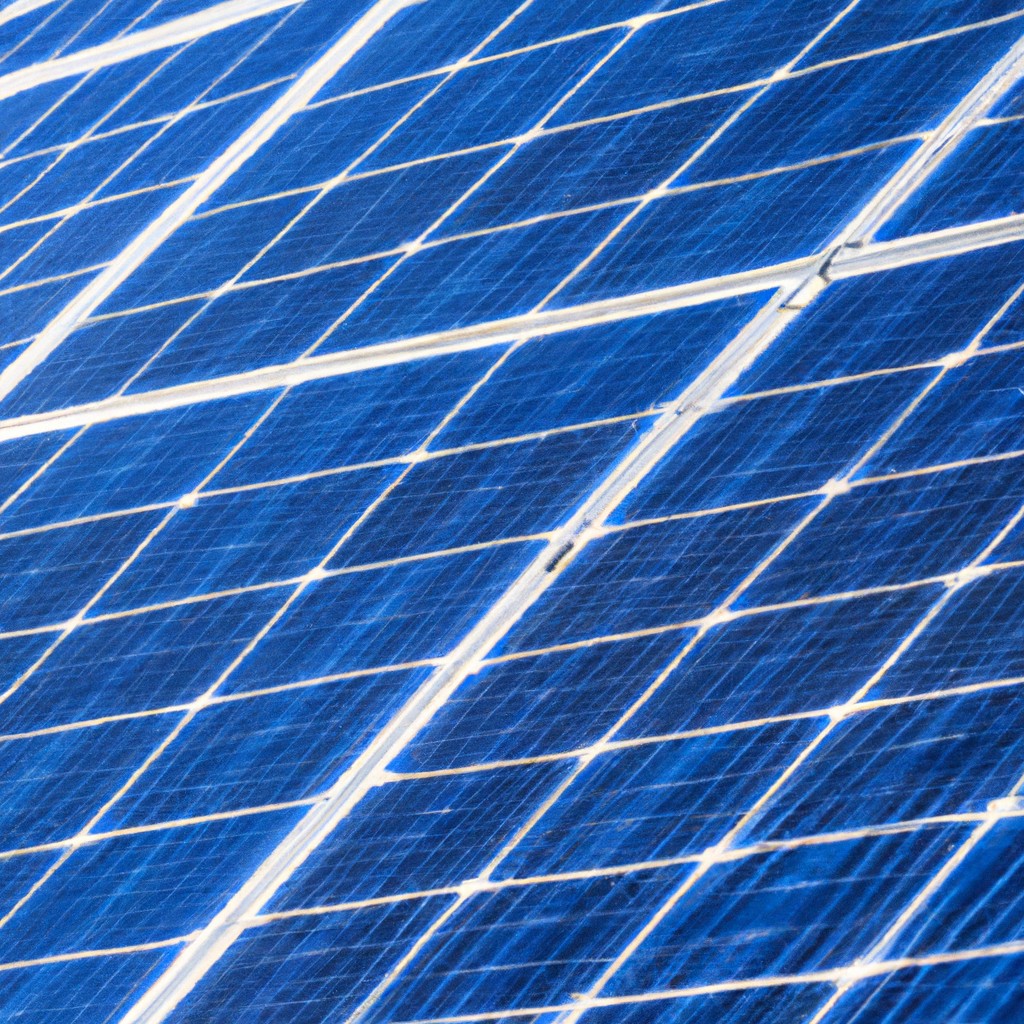This how-to guide provides a step-by-step approach to installing solar panels on your roof, ensuring you’re equipped with the necessary information for a successful setup.
Key takeaways:
- Assess roof suitability: orientation, condition, and shade cover.
- Choose high-efficiency and durable solar panels.
- Understand local permits, regulations, and incentives.
- Installation: reinforce roof, install panels, connect wiring.
- Maintain panels: inspections, cleaning, monitoring, and professional servicing.
What to Consider Before Installing Solar Panels On Your Roof

Assessing your roof’s suitability is crucial when deciding to go solar. Key points include orientation and angle, with south-facing roofs at a 30-degree tilt ideal. Shade cover from trees or nearby buildings directly impacts efficiency – a sun-exposed roof yields maximum benefits.
Next, consider the roof’s condition; a stable, undamaged structure is necessary to support the panels without costly repairs soon. Also, evaluate the roofing material compatibility – not all are conducive to solar panel installation.
Lastly, reflect on your energy consumption patterns. By understanding the amount of electricity you typically use, you can size the system appropriately to meet your needs effectively and economically.
Choosing the Right Solar Panels
Selecting appropriate solar panels involves assessing efficiency, durability, and warranty terms. High-efficiency panels yield more electricity per square foot, beneficial for limited roof space.
Consider the panel’s temperature coefficient, which indicates performance in high temperatures, and potential-induced degradation (PID) resistance to ensure long-term efficiency. Evaluate manufacturer warranties, typically ranging from 10 to 25 years, as they indicate the panel’s lifespan and the company’s confidence in its product.
Additionally, weigh the cost against your energy needs; although more efficient panels may be costlier, they can provide greater long-term savings. Lastly, consider the aesthetics: some panels come with sleek, modern designs that blend into your roof while optimizing energy production.
Understanding Local Permits and Regulations
Navigating local permits and regulations is an essential step to ensure your solar panel installation complies with regional codes and laws. First, contact your city or county building department to inquire about necessary permits. These may include building, electrical, and even specific solar permits, depending on your location.
It’s crucial to understand any neighborhood or homeowner association (HOA) covenants that may influence your installation. Some areas have restrictions on the visibility or placement of solar panels to maintain aesthetic uniformity.
Furthermore, check for any local incentive programs. These can offer financial benefits such as tax credits, rebates, or feed-in tariffs for solar panel installations. Such incentives could impact the size and type of system you install.
Certification requirements for installers are also key. Many regions require that installations are done by licensed professionals to qualify for incentives and support from the local utility grid.
Lastly, be aware of net metering policies in your area. Net metering allows you to feed excess energy back into the grid for credit, reducing your energy bills and maximizing the return on your solar investment.
The Installation Itself
During the actual installation, a team of professionals performs a step-by-step process to ensure your solar system functions optimally. Initially, they reinforce the roof, when necessary, to support the weight of the panels. They then install a racking system to securely hold the panels in place. The orientation of the panels is critical; they should face the direction that captures the most sunlight, typically south, in the Northern Hemisphere.
Weatherproofing comes next, as the installers add flashings or sealants to prevent leaks. After the racking and panels are set up, the electrical wiring is connected. This involves linking the solar panels to an inverter, which converts the DC electricity generated by the panels into AC electricity for home use.
Finally, the system is connected to the grid, unless it is designed to be off-grid. This step is followed by thorough testing to confirm that everything is functioning correctly. The entire process can take a few days to complete, depending on the size and complexity of the system. With professional installation, your home setup is likely to be safe, efficient, and durable.
Longevity and Maintenance of Solar Panels
Solar panels are a significant investment, and their longevity is a testament to their value. Typically, they can last between 25 to 30 years before they may require replacement. Throughout this duration, their efficiency can gradually decrease but should retain at least 80% of their capacity by the end of their lifespan.
To ensure you maximize the life and productivity of your solar panels, regular maintenance is necessary. Here are a few key points:
- Inspections: Annual inspections by a professional can help identify any issues early on, such as loose mounting brackets or electrical problems.
- Cleaning: Panels need cleaning to remove dirt, leaves, or other debris that can obstruct sunlight. How often cleaning is required depends on your environment, but monitoring performance can indicate when it’s necessary.
- Monitoring: Keep an eye on energy production with a monitoring system. Any drastic drops in efficiency could indicate a problem, triggering the need for inspection or servicing.
- Snow and Ice: In colder climates, snow and ice buildup should be gently cleared from panels to maintain their functionality.
- Tree Trimming: To prevent shading and detritus accumulation on the panels, regularly trim overhanging branches.
- Professional Servicing: If you encounter issues or notice a significant decline in performance, professional servicing is advisable. Attempting to repair panels yourself can void warranties or cause further damage.
By adhering to these maintenance tips, you help protect your investment, ensuring your solar panels continue to provide clean, cost-effective energy for years to come.




